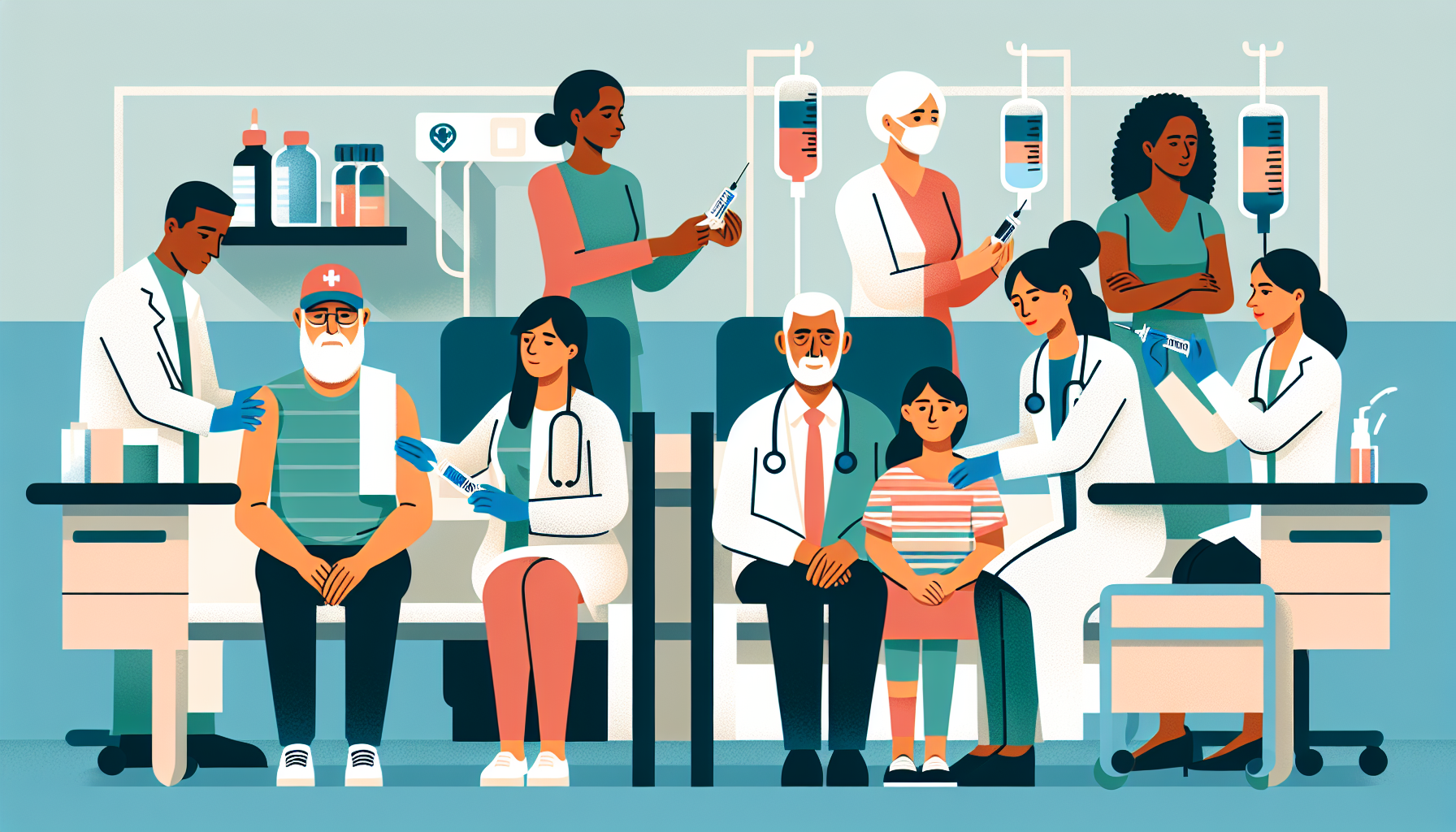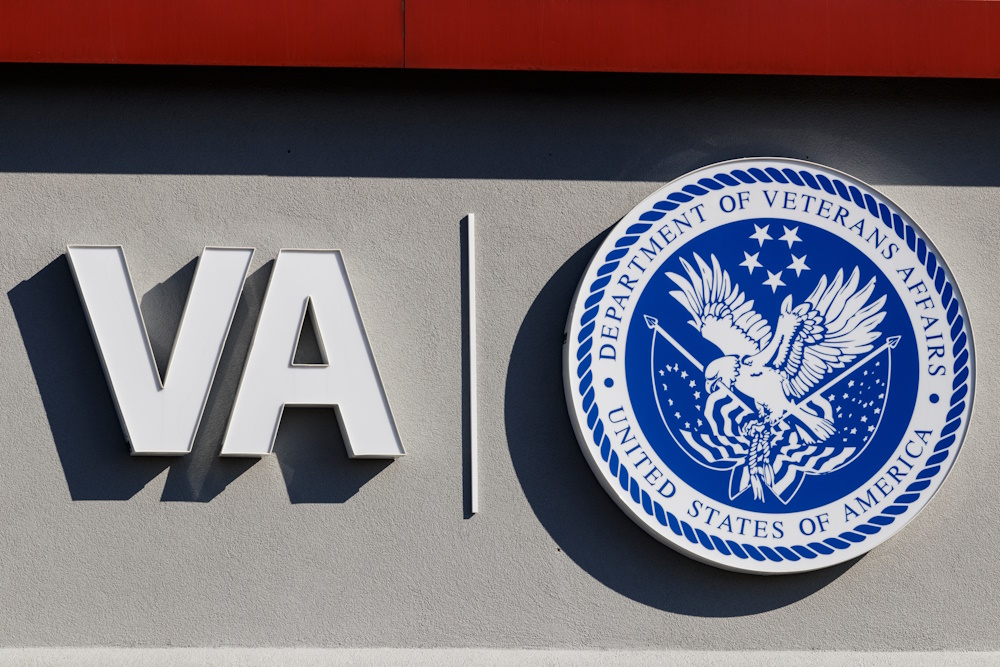Definition
In the context of VA benefits, Stem Cell Transplants refer to a medical procedure where healthy stem cells are used to replace damaged or diseased stem cells in a patient’s body. This treatment is often utilized for conditions such as leukemia, lymphoma, and certain immune system disorders. Veterans may be eligible for coverage of stem cell transplants under their VA healthcare benefits if the treatment is deemed necessary and meets specific criteria.
Key Takeaways
- Stem Cell Transplants are a medical procedure covered under the VA benefits, which involve the replacement of damaged or destroyed blood-forming stem cells with healthy ones to treat or prevent certain diseases and conditions.
- Veterans who qualify for VA health care may be eligible for stem cell transplants following a pre-transplant evaluation and if the treatment is deemed necessary and appropriate for their medical conditions, such as cancer or severe immune system disorders.
- The VA collaborates with the Department of Defense (DoD) to provide access to stem cell transplant services through both their own medical facilities and a network of private providers, ensuring veterans receive quality treatment and care during the transplant process.
Importance
The term “Stem Cell Transplants” is important in the context of VA benefits as it represents a crucial medical treatment option for several serious health conditions that may affect veterans.
Stem cell transplants involve the replacement of damaged or diseased bone marrow or blood cells with healthy stem cells, which can help the body produce new cells and promote recovery.
Some of the health issues where stem cell transplant is beneficial include leukemia, multiple myeloma, lymphoma, and other blood-related disorders.
As a part of VA benefits, eligible veterans may receive coverage for this life-saving treatment, improving their health outcomes, and easing the financial burden of undergoing such procedures.
Acknowledging and understanding the importance of stem cell transplants can help both veterans and healthcare providers utilize this treatment option effectively, thus maximizing the overall well-being of the veterans.
Explanation
Stem Cell Transplants are a crucial medical treatment option provided under VA benefits, often utilized to manage or cure a variety of life-threatening diseases, such as leukemia, lymphoma, or multiple myeloma. This complex procedure involves replacing the damaged or non-functioning cells in a patient’s bone marrow with healthy and functional stem cells.
In doing so, the transplanted stem cells can help regenerate the patient’s immune system, enhancing their body’s ability to heal and fight off diseases. Importantly, stem cell transplants offer patients a chance to significantly improve their quality of life, ameliorate symptoms, and in some cases, recover entirely from their illnesses.
Notably, the VA benefits cover two primary types of stem cell transplants: autologous and allogeneic transplants. Autologous transplants involve the collection and transfer of the patient’s own stem cells, while allogeneic transplants utilize stem cells from a genetically compatible donor.
The decision regarding which transplant type to administer is made on a case-by-case basis and depends on factors such as the patient’s medical condition and the availability of suitable donors. In both cases, ensuring that Veterans have access to lifesaving stem cell transplants is a key component of the VA’s health care mission to provide comprehensive and quality care to those who have served our nation.
Examples of Stem Cell Transplants
Example 1: A veteran suffering from multiple myeloma, a type of blood cancer, may be eligible for VA benefits covering stem cell transplant treatment. In this treatment, the veteran undergoes chemotherapy to destroy the cancerous cells, followed by autologous stem cell transplantation, where stem cells from the patient’s own body are harvested, stored, and later reintroduced into their bloodstream to facilitate the regrowth of healthy bone marrow and blood cells.
Example 2: A veteran diagnosed with amyotrophic lateral sclerosis (ALS), a progressive neurodegenerative disease, could receive stem cell transplantation as part of their VA benefits. In this case, stem cells, usually derived from the patient’s bone marrow, are transplanted into their spinal cord or intravenously. The aim is to potentially repair damaged motor neurons within the spinal cord and slow down the progression of the disease if not reverse symptoms.
Example 3: A veteran who has experienced a severe burn injury while serving in the military may be a candidate for stem cell transplantation through their VA benefits. In this treatment, stem cells derived from the patient’s own skin tissue or a donor’s skin tissue are used. These cells can be cultured in a laboratory to create new skin grafts that are then applied to the affected areas of the body to accelerate the wound healing process and minimize scarring.
FAQ: VA Benefits for Stem Cell Transplants
Q1: What are the eligibility criteria for stem cell transplants under VA benefits?
A: To be eligible for stem cell transplants under VA benefits, the veteran must be enrolled in VA health care, have an identified need for a transplant due to a specific medical condition, and must meet specific medical criteria for the type of transplant being considered.
Q2: Does VA cover the cost of stem cell transplants?
A: Yes, the VA covers the cost of stem cell transplants for eligible veterans, as long as the procedure is performed at a VA-approved transplant center and is pre-approved by the appropriate VA officials.
Q3: Are both autologous and allogeneic stem cell transplants covered by VA benefits?
A: VA benefits cover both autologous stem cell transplants (using the patient’s own stem cells) and allogeneic stem cell transplants (using stem cells from a donor) as long as they are medically necessary and meet the VA’s eligibility criteria.
Q4: How can I find a VA-approved transplant center for a stem cell transplant?
A: To find a VA-approved transplant center, consult your primary VA health care provider or contact the appropriate VA Regional Office. They can help guide you to the nearest approved transplant center that specializes in stem cell transplants.
Q5: Can the VA cover the cost of stem cell transplants performed at non-VA facilities?
A: In certain cases, the VA may cover the cost of stem cell transplants performed at non-VA facilities under the VA Community Care program. The veteran must meet certain criteria, and the procedure must be approved by the VA in advance.
Q6: What support services are available for veterans undergoing stem cell transplants under VA benefits?
A: The VA offers various support services for veterans undergoing stem cell transplants, including financial assistance, lodging assistance, and support from social workers and specialized health care teams to help veterans navigate the transplant process.
Related VA Benefit Terms
- Autologous Stem Cell Transplant
- Allogeneic Stem Cell Transplant
- Hematopoietic Stem Cell Transplant (HSCT)
- Stem Cell Harvesting
- Graft-versus-Host Disease
Sources for More Information
- U.S. Department of Veterans Affairs
- National Cancer Institute
- Mayo Clinic
- Cancer Treatment Centers of America
 Benefits.com Advisors
Benefits.com Advisors
With expertise spanning local, state, and federal benefit programs, our team is dedicated to guiding individuals towards the perfect program tailored to their unique circumstances.
Rise to the top with Peak Benefits!
Join our Peak Benefits Newsletter for the latest news, resources, and offers on all things government benefits.




















